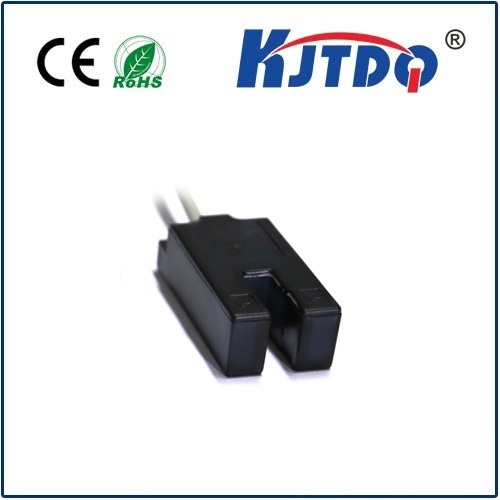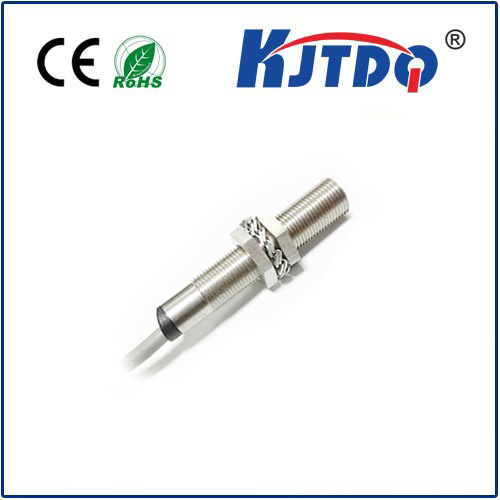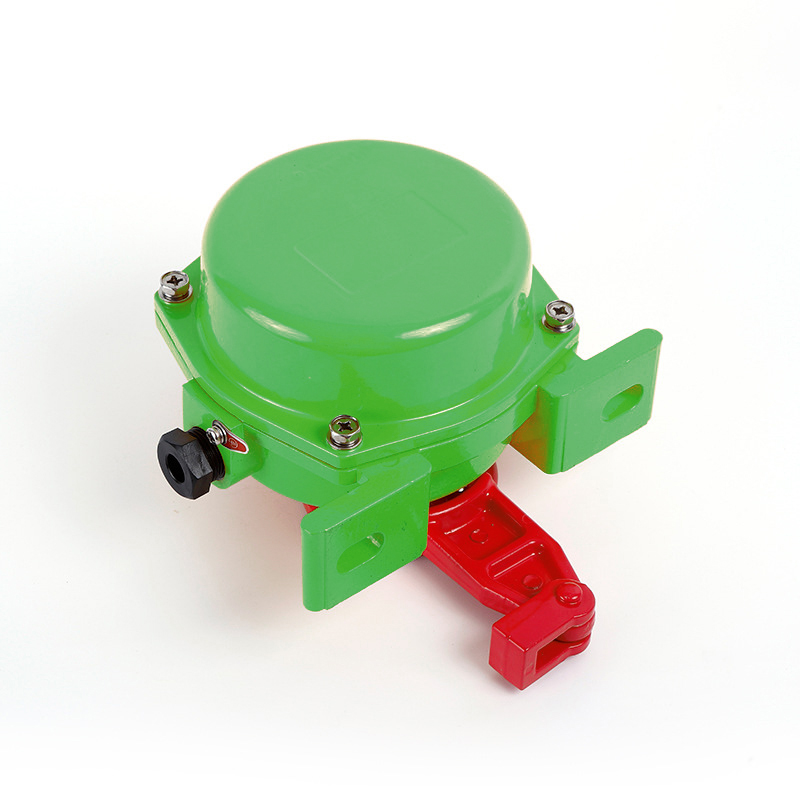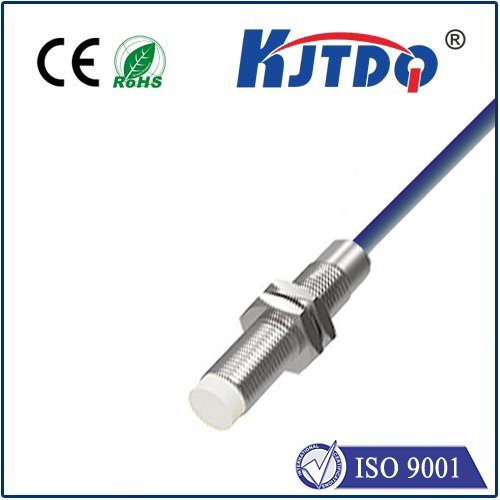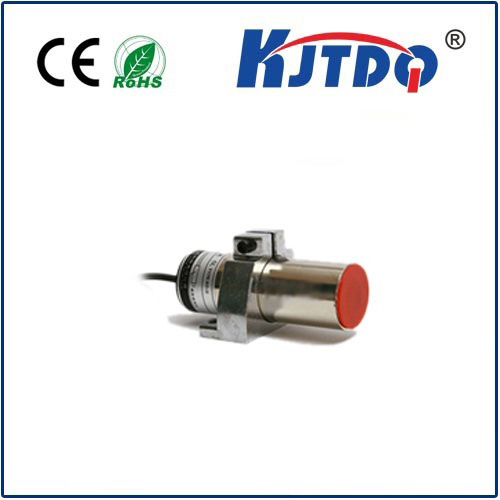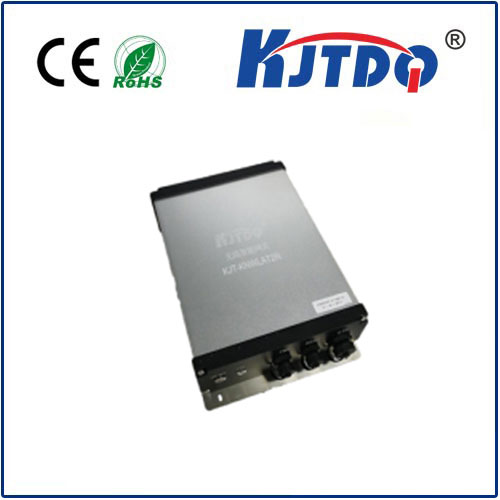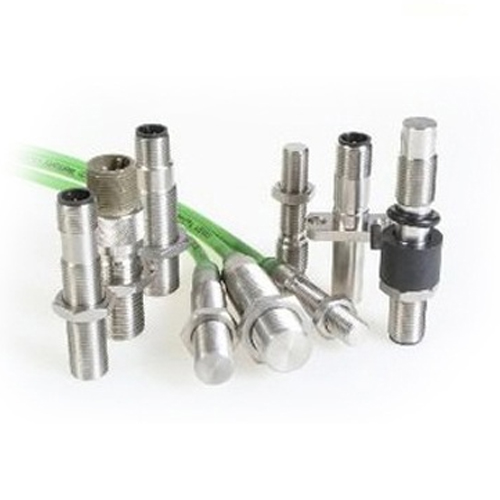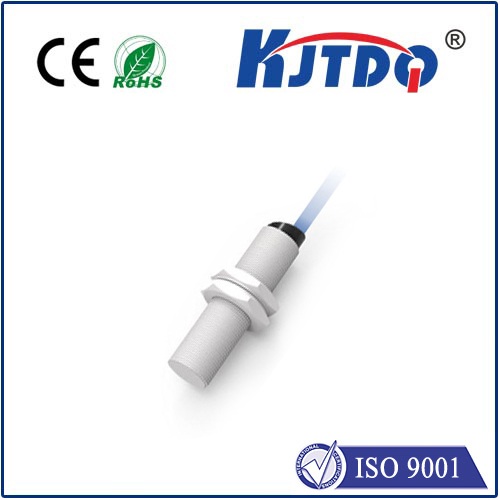portable proximity sensor
- time:2025-06-17 01:17:08
- Нажмите:0
Beyond Walls & Wires: How Portable Proximity Sensors Are Reshaping Detection
Imagine needing to quickly map safe zones in a disaster area, monitor crowd flow at a pop-up festival, or accurately position equipment in a cramped construction site – all without installing permanent fixtures. This is the transformative power of the portable proximity sensor, a game-changing technology liberating non-contact detection from fixed installations. Gone are the days where proximity sensing was confined to factory floors or building entry systems. These compact, often wireless devices bring sophisticated detection capabilities anywhere they’re needed, instantly.
At its core, a датчик приближения detects the presence or absence of an object within a specified range without physical contact. Traditionally, these sensors were hardwired into machinery, security systems, or infrastructure. Portable versions retain this core functionality – using technologies like infrared (IR), ultrasonic sound waves, capacitive fields, or inductive sensing – but package them into self-contained, battery-powered, and easily deployable units. Key characteristics defining their portability include:

- Compact Size & Lightweight Design: Fitting in a toolbox, pocket, or mounted on drones/mobile platforms.
- Integrated Power: Rechargeable batteries enable hours or days of operation away from outlets.
- Wireless Connectivity: Options like Bluetooth Low Energy (BLE), Wi-Fi, or LoRaWAN transmit data to smartphones, tablets, or gateways effortlessly.
- Simple Deployment: Often requiring minimal setup – turn on, position, and go.
This inherent mobility unlocks a vast array of applications across diverse fields:
- Maintenance & Inspection Revolution: Technicians carry handheld portable sensors into challenging environments. Detect misalignments, measure wear on moving parts without shutdowns, or identify component gaps inaccessible to fixed sensors. Predictive maintenance becomes far more agile. Imagine a mechanic quickly scanning undercarriage components or HVAC ductwork for anomalies.
- Logistics & Warehouse Agility: Optimizing temporary storage layouts, verifying pallet positioning on dynamic docks, or triggering alerts when assets move outside designated zones during reconfiguration. Portable proximity detection provides flexible monitoring without rewiring racks or conveyor systems every time layouts change.
- Event Management & Safety: Deploy temporary security perimeters, monitor crowd density hotspots at concerts or markets, ensure safe distances around temporary stages or equipment, or trigger warnings near restricted backstage areas. Their mobility is perfect for transient setups.
- Construction & Site Safety: Ensure personnel and equipment maintain safe distances around hazardous zones (like crane swings or excavation edges) that shift daily. Monitor access to temporary electrical panels or material storage areas. Handheld proximity tools are invaluable for quality checks (e.g., verifying fixture distances).
- Precision Agriculture & Environmental Monitoring: Mount sensors on drones or ATVs to scan fields for plant health indicators (using specialized IR), map terrain proximity, monitor water levels near equipment, or track animal movement patterns in research. Untethered operation is crucial in expansive outdoor settings.
- Creative & Niche Applications: Museum staff monitor visitor proximity to delicate artifacts without permanent installations. Archaeologists map underground features via proximity readings during surveys. Stage crews ensure props or scenery move precisely within defined paths during performances using temporary sensing points.
The advantages over traditional fixed sensors are compelling:
- Unparalleled Flexibility & Speed: Set up monitoring zones in minutes, not days. Adapt instantly to changing requirements.
- Significant Cost Reduction: Eliminate expenses associated with permanent wiring, installation labor, and infrastructure modifications, especially for short-term needs.
- Accessibility: Reach areas impractical or impossible to equip with fixed sensors (confined spaces, remote locations, temporary structures).
- Ease of Experimentation: Test detection zones or concepts quickly before committing to permanent solutions.
- Reduced Downtime: Perform maintenance checks or inspections without halting operations for sensor installation/removal.
When selecting a portable proximity sensor, consider these factors:
- Detection Technology: IR is common and cost-effective for shorter ranges; ultrasonic handles longer ranges well and works in dusty environments; capacitive detects non-metallic objects; inductive is best suited for metals. Choose based on target objects and environmental conditions.
- Sensing Range: How far away do you need to detect objects? Accuracy within that range is also critical.
- Battery Life: Match the operational duration to your application needs (e.g., hours vs. days).
- Connectivity & Interface: Does it need to send alerts locally? Integrate with a central system via Wi-Fi? Or simply log data internally? Is a simple LED indicator sufficient, or do you need a companion app?
- Environmental Resilience: Consider required IP rating for dust/water resistance and operational temperature ranges, especially for outdoor or industrial use.
- Mounting Options: Handheld use? Magnetic base? Tripod mount? Versatility aids deployment.
The future of portable proximity sensing is incredibly bright. We’ll see even smaller form factors, vastly improved battery life leveraging low-power tech, enhanced wireless protocols with longer range and better reliability (like 5G private networks or advanced mesh networks), and increasing intelligence. This includes on-device processing (edge computing) for real-time filtering and decision-making, as well as deeper integration with IoT platforms and analytics software, transforming raw proximity data into actionable insights. Sensor fusion, combining proximity data with inputs like accelerometers, GPS, or cameras, will unlock even more sophisticated applications, such as highly accurate spatial mapping by mobile robots.
Portable proximity sensors are fundamentally democratizing object detection. They move beyond the limitations of fixed installations, empowering professionals across countless industries to enhance safety, boost efficiency, improve accuracy, and gain valuable insights wherever the job takes them. By shedding the constraints of walls and wires, these unassuming devices are quietly revolutionizing how we perceive and interact with the physical space around us in real-time, on the move. The ability to instantly establish reliable proximity awareness anywhere is no longer science fiction – it’s a pocket-sized reality.

